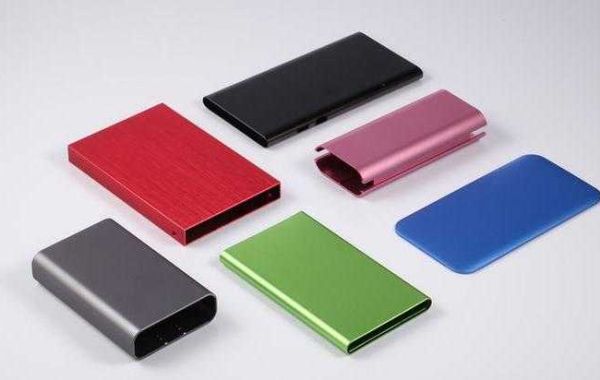The size of brass parts that can be CNC machined is limited by two main factors:
Envelope for machine work
Every CNC machine has a work envelope that represents the maximum travel distance of its cutting tools along the X, Y, and Z axes. This specifies the largest cuboid-shaped volume that a part may occupy while being machined. CNC mills (used for machining complex shapes) typically have work envelope dimensions of 64 inches (X) by 32 inches (Y) by 38 inches (Z) for larger machines, but they can be much smaller for desktop CNC mills. It's important to remember that even if a part fits within the machine's total X, Y, and Z travel, there must be extra space for tool movement and fixturing to hold the brass piece during machining.
Tool Dimensions and Reach
CNC machining uses a variety of cutting tools to remove material and achieve the desired part geometry. These tools vary in size and have limited reach. Smaller, more intricate features on a brass part may necessitate the use of cutting tools that are extremely thin and delicate. These tools are prone to breaking if subjected to excessive force or deflection while machining. The reach of a tool is also important. Certain tool shanks or extensions may make it difficult to access features deep within a part cavity.
However, CNC machining is best suited for producing small to medium-sized brass parts with dimensions ranging from a fraction of a millimeter to a few centimeters. If you want to know more about it, please click here: From Design to Finish: Your Guide to CNC Machining Small Brass Parts.








